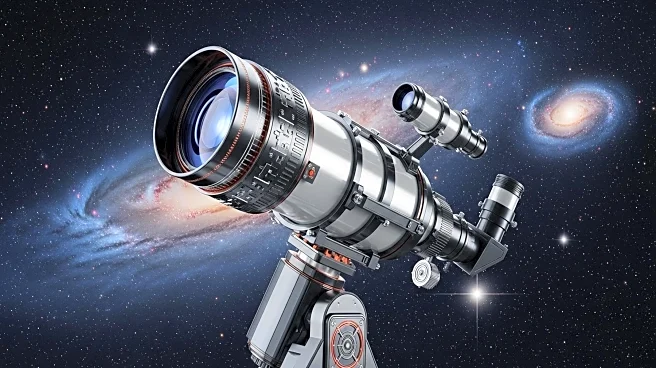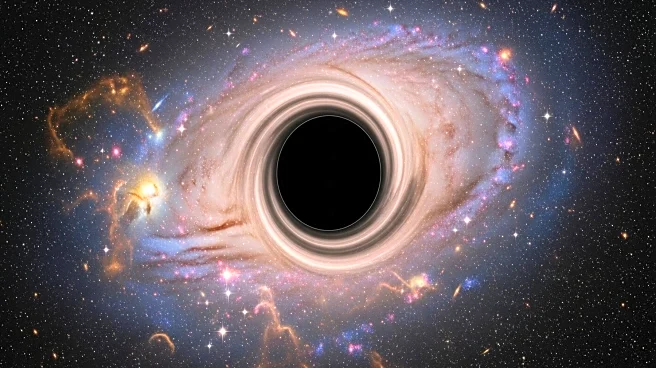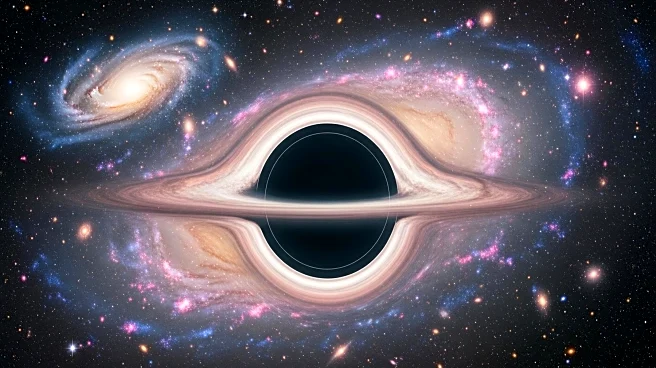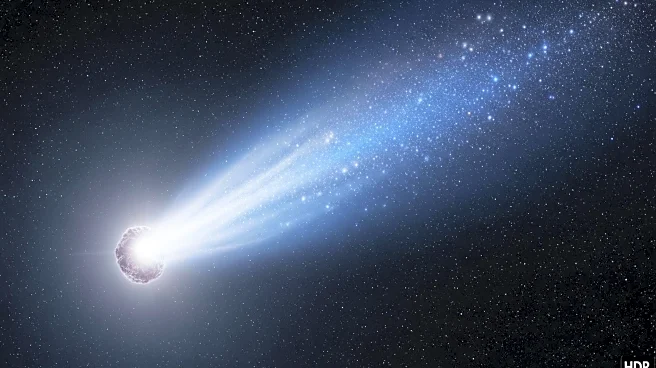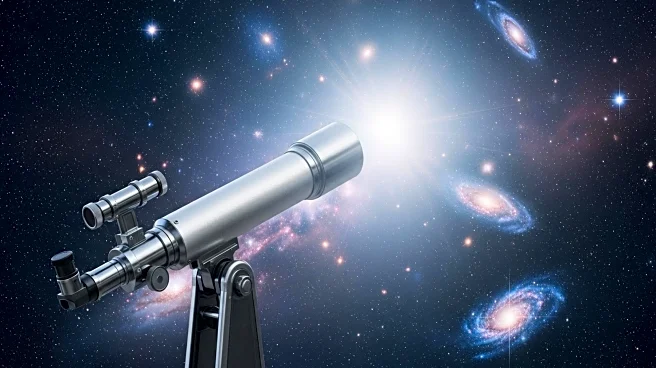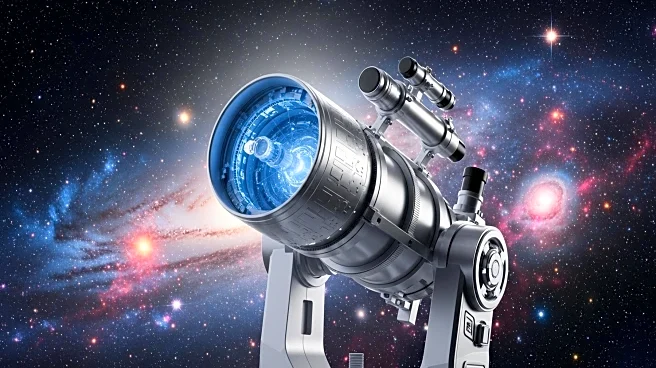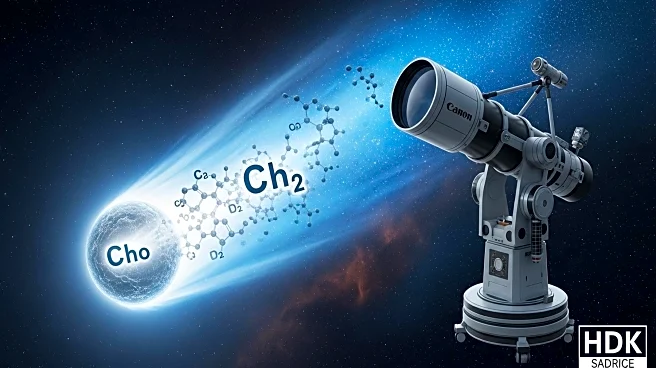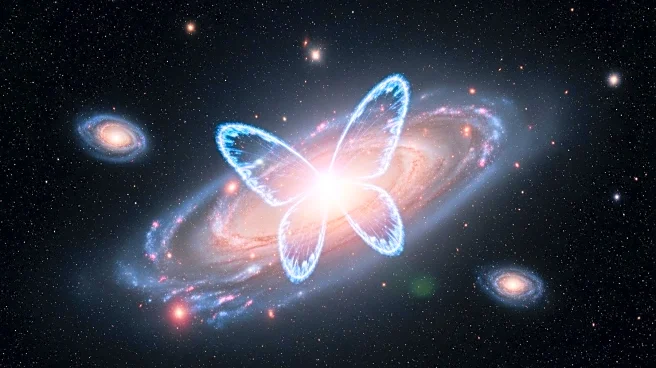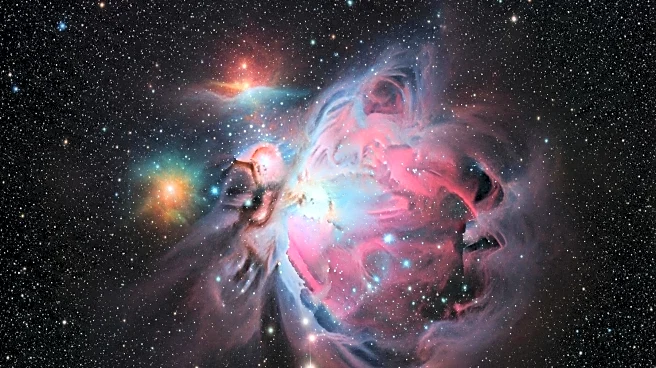What's Happening?
Astronomers at the University of Missouri have utilized NASA's James Webb Space Telescope to identify 300 unusually bright cosmic objects that may represent some of the earliest galaxies formed in the universe. These findings, based on infrared imaging and dropout analysis, suggest that these galaxies could challenge existing theories about galaxy formation post-Big Bang. The research team, led by Haojing Yan, employed advanced techniques to detect high-redshift galaxies, indicating their significant distance and age. The study aims to confirm these findings through spectroscopy, which will provide more accurate data on the galaxies' properties.
Why It's Important?
The discovery of these potential early galaxies could significantly impact our understanding of cosmic evolution and the formation of galaxies. If confirmed, these findings may necessitate revisions to current models of galaxy formation, influencing both theoretical astrophysics and observational strategies. The implications extend to understanding the universe's history and the processes that led to the formation of stars and galaxies. This research could also guide future explorations and studies using the James Webb Space Telescope, enhancing our ability to probe the universe's earliest epochs.
What's Next?
The next steps involve using spectroscopy to confirm the nature of these galaxy candidates. This technique will help determine their redshifts and other properties, providing a clearer picture of their formation and evolution. The research team plans to conduct further observations to validate their findings, which could lead to a reevaluation of existing theories on galaxy formation. The scientific community may respond with increased interest in studying these objects, potentially leading to collaborative efforts to explore the implications of this discovery.


